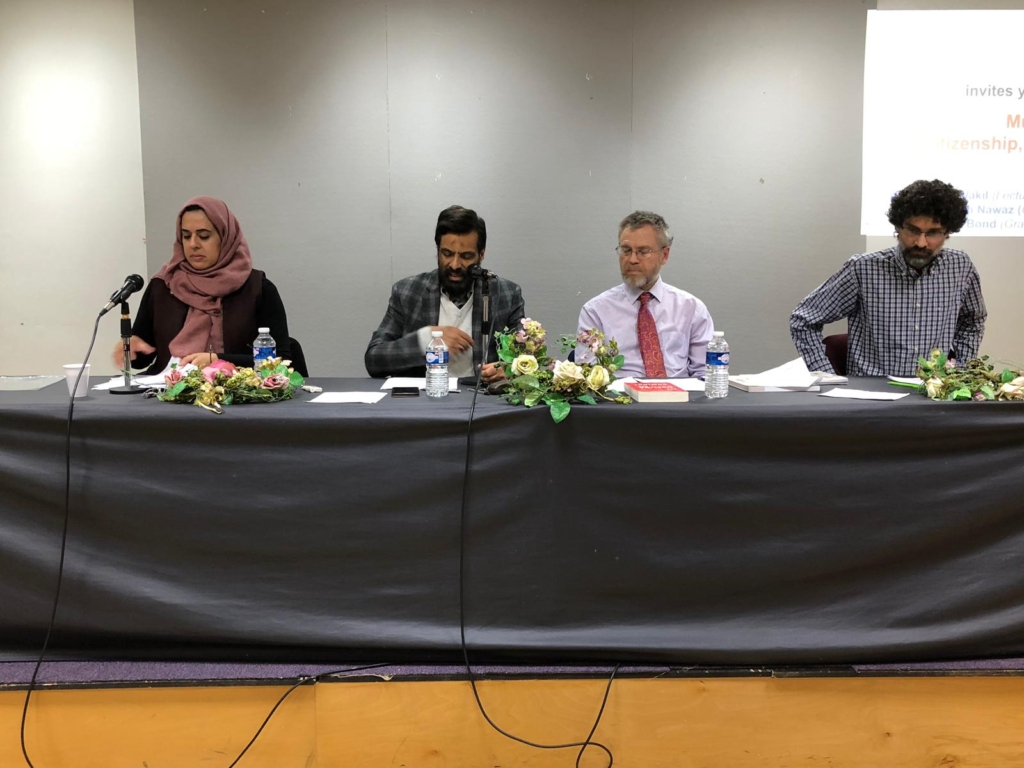Authorities had predicted that the new development projects would create more job opportunities for young Saudis and reduce the country’s unemployment rate which is estimated at 12 percent. According to the latest study by the General Statistics Department, there are about 470,000 unemployed Saudis.
A Labor Ministry official recently told the London-based Financial Times that his ministry had issued 750,000 visas for foreign manpower within a year, which is an increase of more than 100 percent compared to visas granted during 2005 (353,000 visas).
But Dr. Abdul Wahid Al-Humaid, deputy labor minister for planning and development, estimated the increase in visas at 60 percent from 765,624 in 2005 to 1.22 million in 2006. “We have issued more visas to meet the growing demands of the labor market and cater to development requirements,” the Saudi Press Agency quoted the minister as saying.
He said there was no change in the Kingdom’s policy of nationalizing more jobs in the private sector. “It still remains one of the ministry’s priorities,” he added. However, he pointed out that economic developments in the country demanded flexibility in recruitment policy, considering the real need for skilled workers to carry out various development projects.
Until recently, the public sector had been accommodating about 90 percent of Saudi manpower. The government sector has reached saturation level and cannot employ the growing number of young Saudi jobseekers. Saudis prefer jobs in the public sector because it offers good salary, job security and better conditions. Average private sector salary is SR1,700 per month, which is meager when compared to developed countries.
Humaid said the private sector had received the lion’s share of recruitment visas (781,947) or 64 percent while the number of visas issued for house servants was 441,248 or 36 percent. The number of recruitment visas issued by all the labor offices, except the one in Makkah, increased with the Riyadh office issuing 144,882. “More than 75 percent of visas were for three main professions: assistant engineers (44 percent), service professions (19 percent) and agricultural work and livestock rearing (12 percent). As many as 1,322 visas were issued for cooks and 21,291 for construction workers.
According to Humaid, Indians received the largest number of visas (20 percent) last year, followed by Bangladeshis (16 percent) and Egyptians (15 percent). He said the number of house servant visas rose by 30 percent to 320,283. As many as 166,895 visas were issued for house drivers, which is 26.5 percent of the total number of house servant visas.


